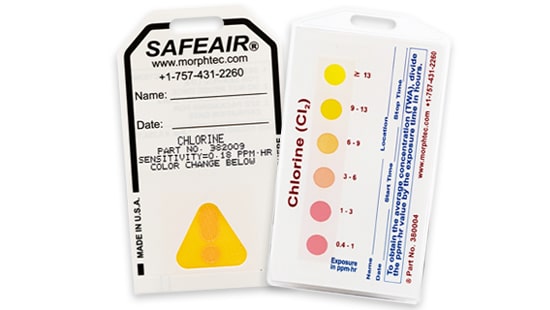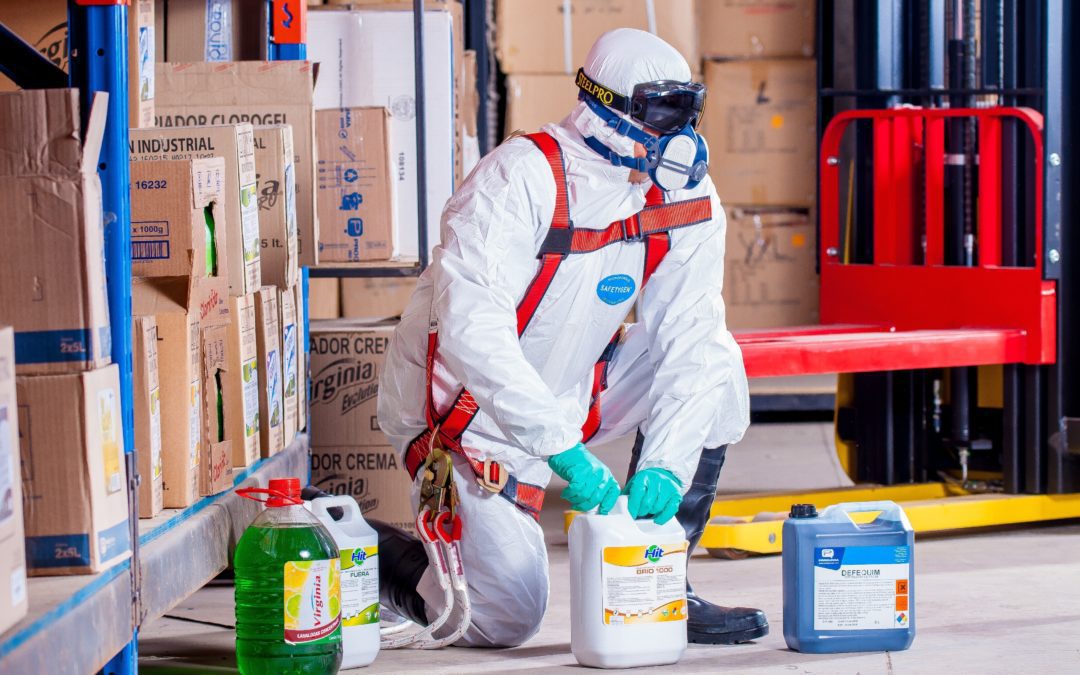One of the most common questions we get asked about our chemical detection solutions is “These detect toxic gases? in real life situations?” Yes, we’ve really been asked that! A more relevant frequent question is “how fast do these sensors indicate in the presence of the targeted toxic gas?” To answer this question simply, they detect gases almost immediately. To provide a more scientific answer, lets explain exposure, concentration and exposure dose.
Exposure is anytime one comes into contact with a chemical substance. Concentration is the amount of the substance within a space (mass per unit volume), which is usually expressed in part per million (ppm) or part per billion (ppb). Exposure dose is the amount of a substance that one has been exposed to over a period of time, which is usually expressed in ppm or ppb over the period of time (e.g. ppm●hour).
Exposure dose = Concentration × Time
The exposure dose is determined by both the concentration of the chemical in a specific area, as well as the sampling time of the exposure. In simple terms, dose is the amount of a chemical one is exposed to over a set period of time. In mathematical terms, exposure dose equals concentration multiplied by time.
SafeAir badges measure the exposure dose over the sampling period. They are designed to initially indicate at a dose well below the permissible exposure limit (PEL), which is set by OSHA as the maximum exposure dose that employees in the US can experience over an 8-hour work day. A SafeAir badge’s ability to accurately measure exposure dose makes these badges the ideal tool for monitoring occupational exposure.

SafeAir badges measure the exposure dose over the sampling period. They are designed to initially indicate at a dose well below the permissible exposure limit (PEL), which is set by OSHA as the maximum exposure dose that employees in the US can experience over an 8-hour work day. A SafeAir badge’s ability to accurately measure exposure dose makes these badges the ideal tool for monitoring occupational exposure.
To answer the question of how fast SafeAir badges will react, we need to know the concentration of the chemical present in the environment as well as the overall time of the exposure. For example, the SafeAir TDI/MDI badge has an initial indication dose sensitivity of 5 ppb●hr, meaning at a concentration of 5 ppb of TDI, this badge will indicate exposure after being in the environment for one hour.
Because different chemicals are hazardous at different concentrations, we designed SafeAir badges to indicate exposure at a specific dose for a specific chemical. This initial indication dose was selected based on OSHA PELs and the NIOSH pocket guide to chemical hazards.
